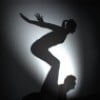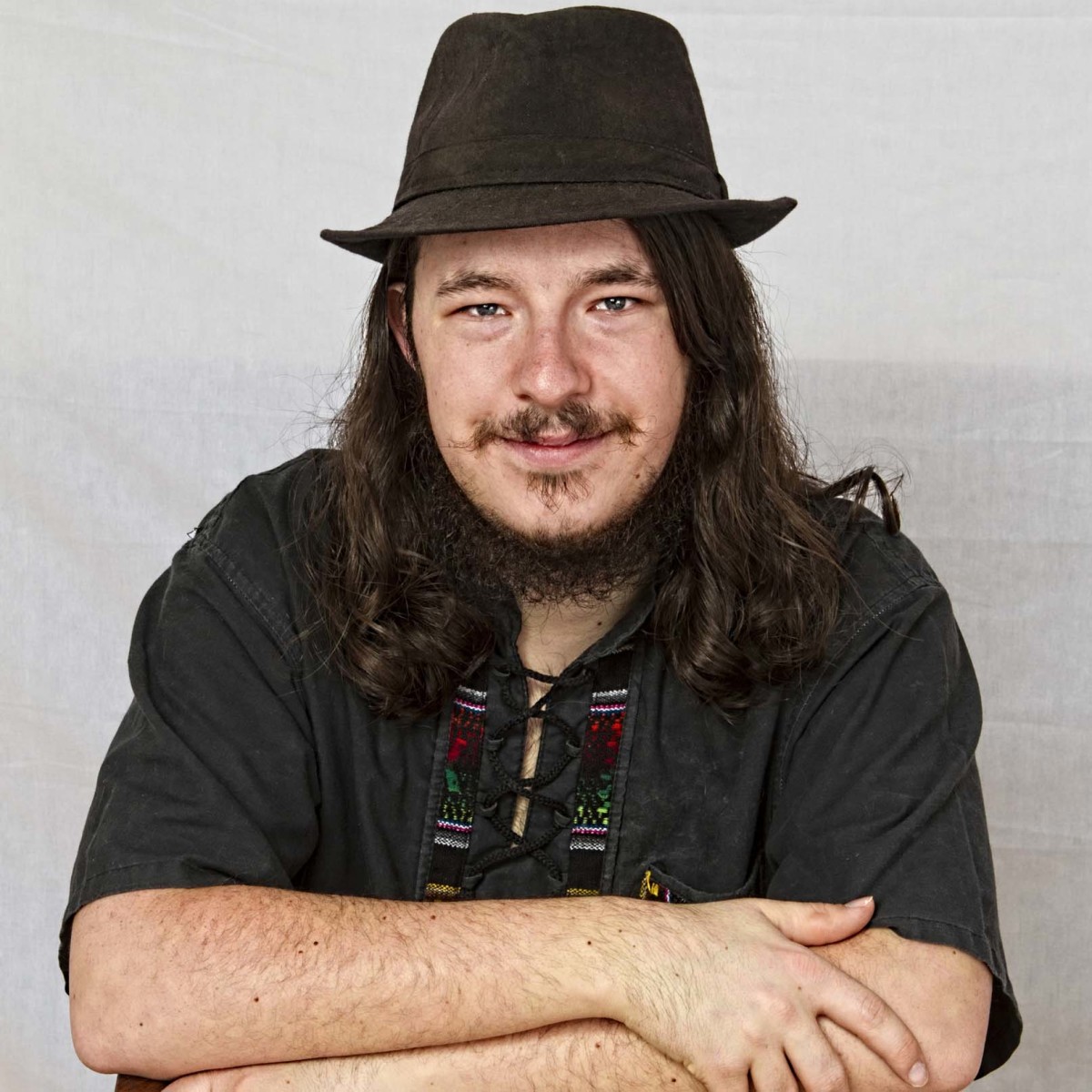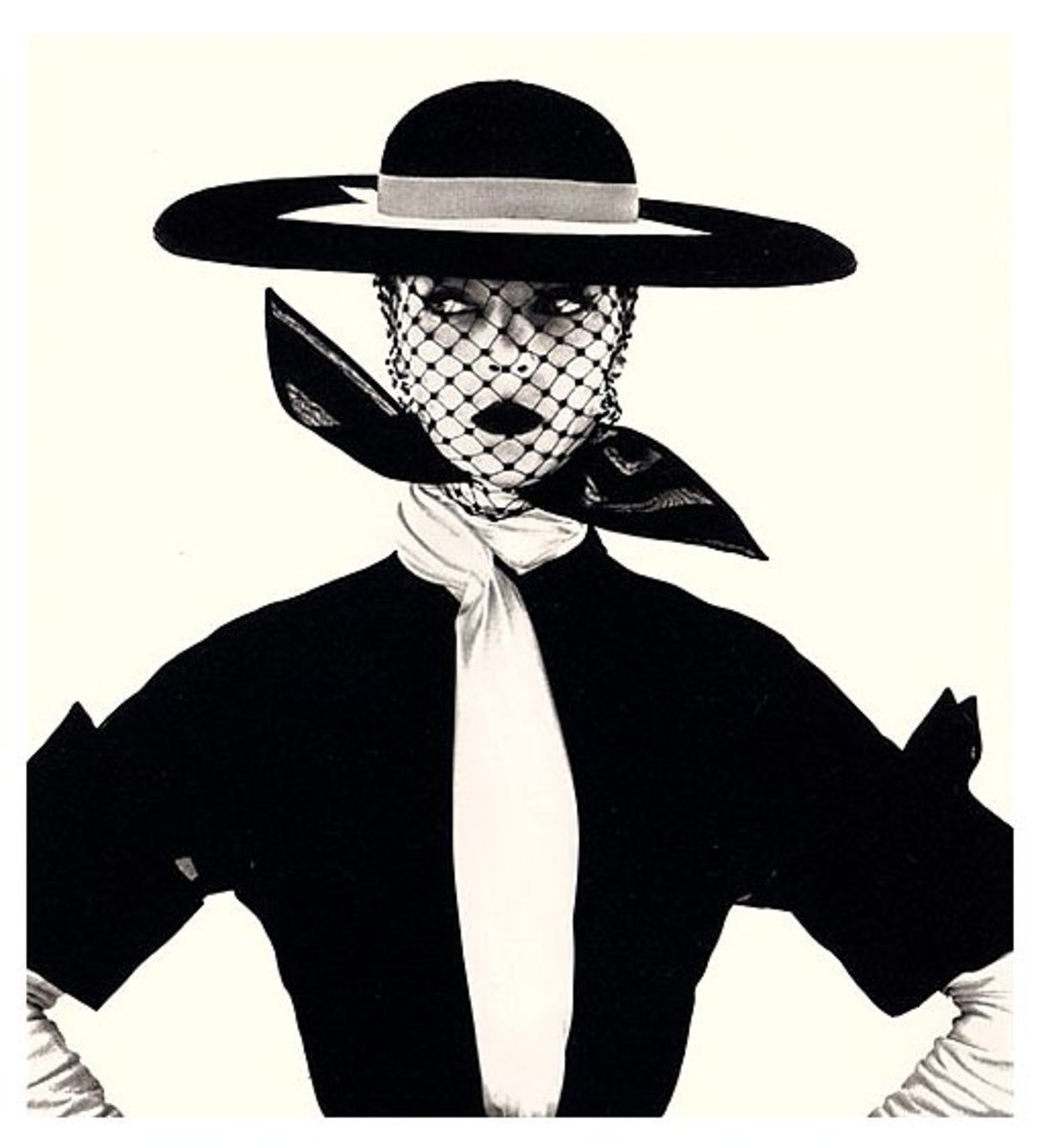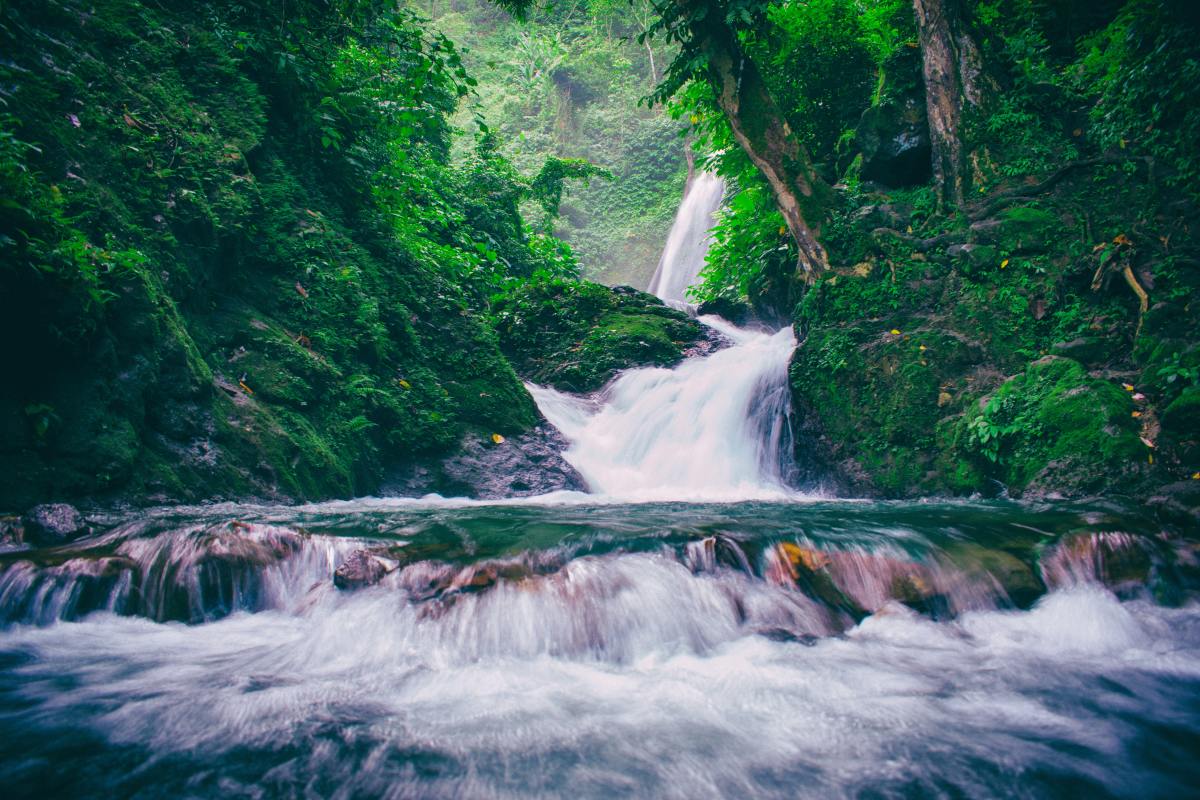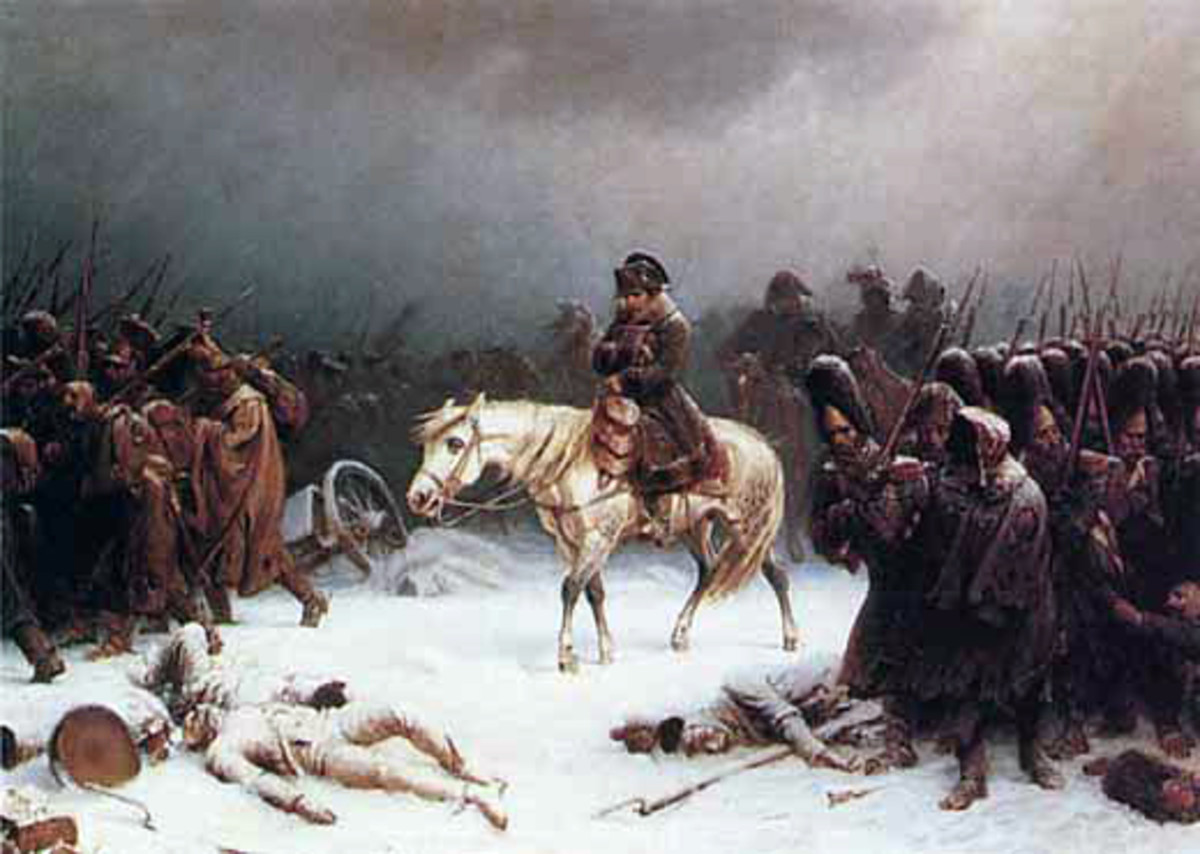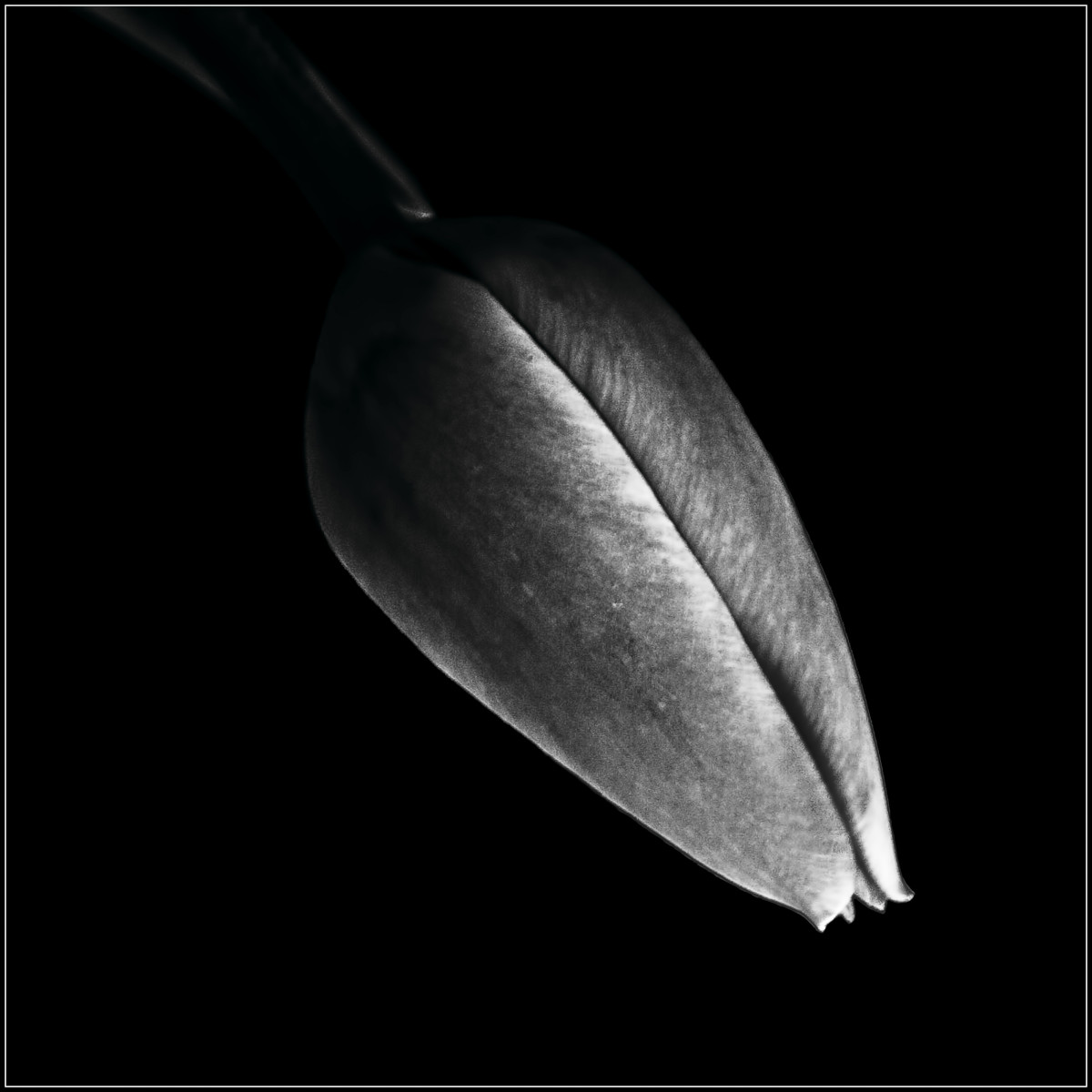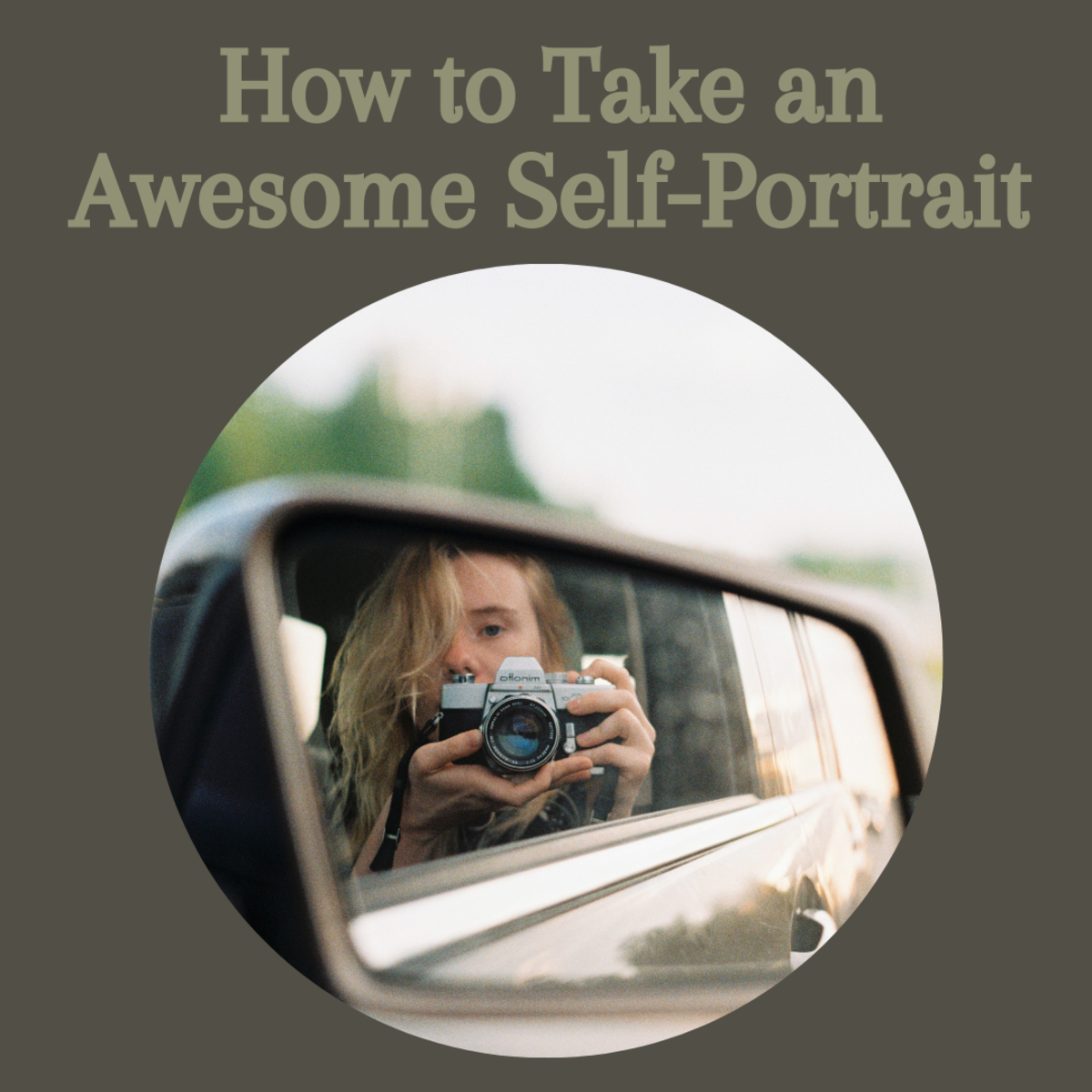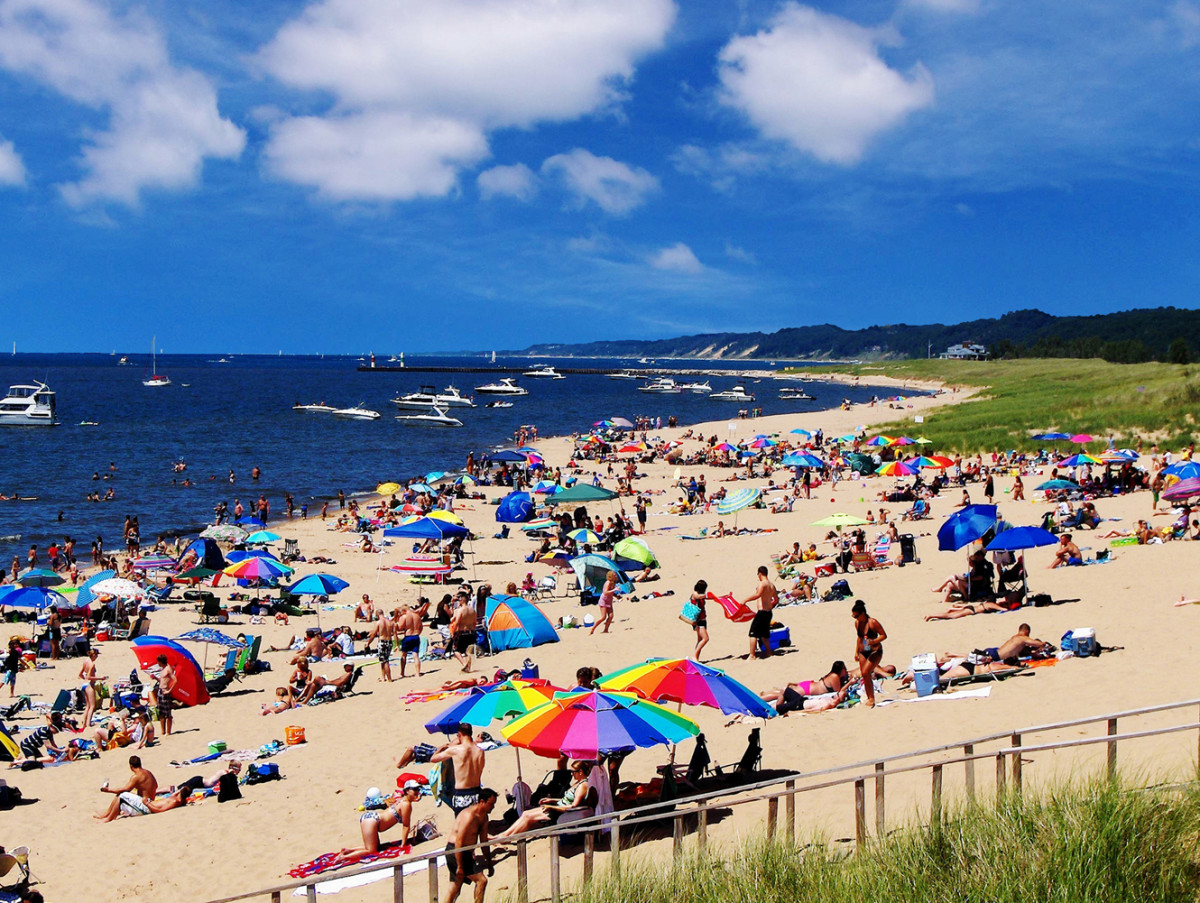Alexander Rodchenko and the Russian Avant-garde
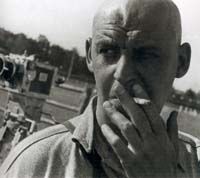
Alexander Rodchenko
Alexander Rodchenko - painter, Constructivist, graphic designer, photographer and post- revolutionary Russian avant-gardist. In 1920 Rodchenko abandoned painting and took up photography believing it to be a more effective means of expressing the new visual frontiers that were emerging at the beginning of the 20th century
Alexander and the Russian Avant-garde - Documentary Film about the artist and Photographer
Alexander Rodchenko, the Russian avant-garde artist, abandoned painting in the early 1920s in favour of photography which he believed would better express the new visual and social realities emerging at that time. His experiments in photography and photo-collage influenced artists and photographers throughout the 20th century. This film by Michael Craig of Copernicus Films is a compilation of extracts from a larger documentary film about Rodchenko's search for new visual frontiers. It is part of a series of four documentaries about the Russian avant-garde.
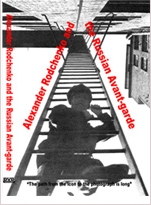
Part 1 filming the documentary
Alexander Rodchenko and the Russian Avant-garde
When I began to make films in Russia in the mid 1990s, I was prepared for all kinds of problems but none of the problems I subsequently encountered. I had already worked in the UK for many years in the film and television industry. I finally decided to move to Moscow to make films and to write. The first two years was a question of finding my feet both linguistically and culturally in a city and a society which was undergoing a total transformation. I had an advantage in that I had already learnt Russian language at school and also had worked in St Petersburg for almost four months on a BBC Drama in 1993. It was this experience which decided me to move to Russia, albeit Moscow. All the same there is a great difference between working in Russia with all the support that a paid position offers and actually living day by day in an alien environment.
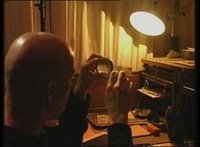
Part 2 Filming the documentary
Alexander Rodchenko and the Russian Avant-garde
As I already mentioned the first two years were a case of acclimatization. Just as I ran out of money during my first winter in Moscow in a tiny room in a large apartment built in the Stalin era, I was offered a job on a feature film "The Saint". This got me through the worst deprivations of that first year. It wasn't so bad in reality. The apartment was warm and the old lady who owned it, let me live my life as I pleased without interfering. As long as I paid the rent, that's all she worried about.The job on the "Saint" ended and a BBC film "The Stringer" started shortly afterwards in Moscow and I worked on this film for the next six months and by the time the following winter arrived I was in a better financial position than the previous winter. I had also got into the Moscow rhythm of life so that even the financial collapse of 1998 passed me by more or less unnoticed as it did many Russians who considered it just another one of those things which they had to cope with.However I felt it was time to start on my own work and make a film. That was one of the main reasons I came to Moscow. When I was working in Warsaw I was introduced to Zygmunt Malanowicz, who played the role of "the young man" in Roman Polanski's first film "Knife in the Water". I asked him why he didn't go to Hollywood with Polanski when he had the opportunity. He wasn't able to give me a good answer but he said he was much happier making feature films in Minsk for under $70,000 than spending his time in Hollywood. It was one of those moments which opened my eyes to a whole new set of possibilities for making films outside the usual political system for raising money for film projects. Also the aesthetic of Eastern European and Russian Film making appealed to many of my sensibilities.
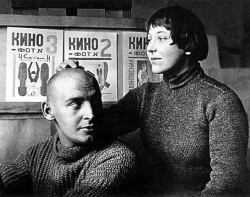
Part 3 Filming the documentary
Alexander Rodchenko and the Russian Avant-garde
So now I was in Moscow with all kinds of ideas for making films but where to start. I became interested in the Russian avant-garde of the 1920s and 30s and by chance picked up a book in the Tretiykov Gallery about the avant-garde artist and photographer Alexander Rodchenko. What attracted me to him especially was that he gave up painting for photography, denouncing paining as "finished" and unfit to express the modern social and visual realities of life in the early 19th century with its speed and industrial cityscape's and mass culture. Photography he believed could better express and embody this reality and Rodchenko set about experimenting with new techniques of photography and photo collage, exploring new visual territory in his home in Moscow. What especially interested me about Rodchenko was that he denied the value of painting and art as a matter of principle and this I thought would be a good starting point for a film.I decided there and then to make a film about Rodchenko and his work. I gathered together some money and began researching Rodchenko's work and managed to find a good camera operator, Valentin Savenkov. I wrote a script showed it to Valentin and worked out where and what in Moscow I wanted to film. This was relatively straight forward at that time.
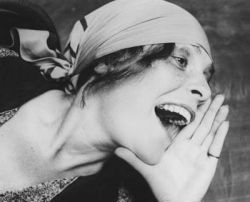
Part 4 Filming the Documentary
Alexander Rodchenko and the Russian Avant-garde
The first day of filming around Moscow was not good. After about an hour it began to rain and didn't stop for four hours. I had checked the weather forecast but light drizzle was all that was expected. A week later we tried again.
It was mid october and the weather was perfect. A deep blue sky, such as you only get in Russia at that time of the year when the air is cold, crisp and clear. Perfect weather for the kind of effect that I wished to bring to the film. Sharply defined edges of light and shade to give volume to the composition of shots and which would compliment Rodchenko's photographs. One of the hallmarks of Rodchenko's work is the balance between light and shade, volume and line all of which are contained within the composition of the photograph and its subject. Nothing needs to be added or taken away afterworlds, no effect or mystification is necessary everything exists already in the photograph and its compositional value giving a visual power and strength which is immediately apparent.The real problem came when I decided that I wanted to film a dramatisation of Rodchenko using an actor. I had a venue where I could film - a small room in a Museum which had a desk exactly like one in a photograph with Rodchenko working in his study. It just needed a bit of rearranging and we were back in the 1920s. The hard bit was finding Rodchenko. Rodchenko had a shaved head which gave him a very distinctive look. It would have been possible to find any bald actor and film them in shadow or partly hidden so that the face was not important but just the over all impression. I interviewed actor after actor but it just wasn't right. I was introduced to a famous Punk singer, Sasha Sclyr, who had also shaved his head. I met him but again it just wasn't right. I began to get desperate. I found an American who seemed to fit the part but he disappeared almost as quickly as he appeared. I started to look for bald men on the streets of Moscow, on the Metro trying to gather enough courage to ask them if they would be interested in working on a film. The few attempts I made were not very successful. I began to contemplate using Yuri Lushkov, the bald Mayor of Moscow and drafted a letter which with the help of an influential friend I could maybe enlist him in the part of Rodchenko.
I wanted to get on with the film and I was getting nowhere.I had given up, nothing was working. Then one evening I was in a cafe in the Tchaikovsky Concert Hall waiting to meet someone and I saw that in an enjoining cafe they were filming something. Always interested, I walked round to get a better look. One of the actors that I worked with on the "Saint" was playing one of the roles in the main scene they were filming in the cafe. Suddenly a guy with a shaved head walked onto the set from behind the camera said something to the actors and walked back into the shadows from where he had appeared. My first thought was "its Rodchenko". The resemblance was uncanny, not just that he had shaved his head but everything. In a free moment I caught the eye of the actor that I knew and asked him who is that guy. "He's the director". "Introduce me to him". I said. I had to wait to the filming stopped and I was introduced to Anatoly Artemanov, the director of the film. Anatoly was a Russian Director living in new York and he had come over to Direct Russian in Moscow quickly explained to him what I needed him for and he immediately agreed and when I told him I had some money and that I could pay him he said "and you'll pay me as well !- that's even better".This was the final piece in the jigsaw of the first film I made in Moscow and the film was completed with final editing and sound recording in March 1999.
I found an English actor William Rousey, to do the narration. In this I was very lucky. He had studied at the famous Moscow Arts Theatre and so had a good grasp of Russian culture and the kind of voice that I thought would suit the film. I hadn't intended to make any more films about the Russian avant-garde but as always one thing leads to another. The Rodchenko film was quite successful and the outline of a second film began to emerge about avant-garde architecture of the same period. This again would pose problems but of a very different kind.
Varavara Stepanova - Constructivist artist and wife of Alexander Rodchenko - Photograph by Rodchenko

Stepanova here pictured in Moscow was an artist who painted designed textiles and theatre designer using constructivism as a basis for her work.
Steps - Photograph by Rodchenko
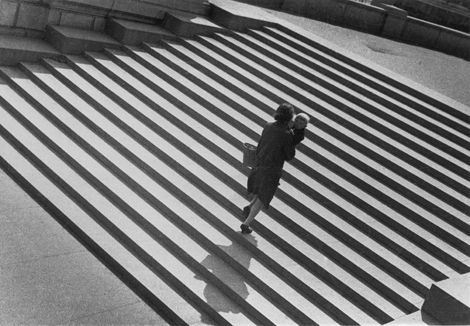
Famous photograph of steps on Christ the Saviour cathedral in Moscow. Early 1920s
Pioneer Girl - Photograph - Alexander Rodchenko
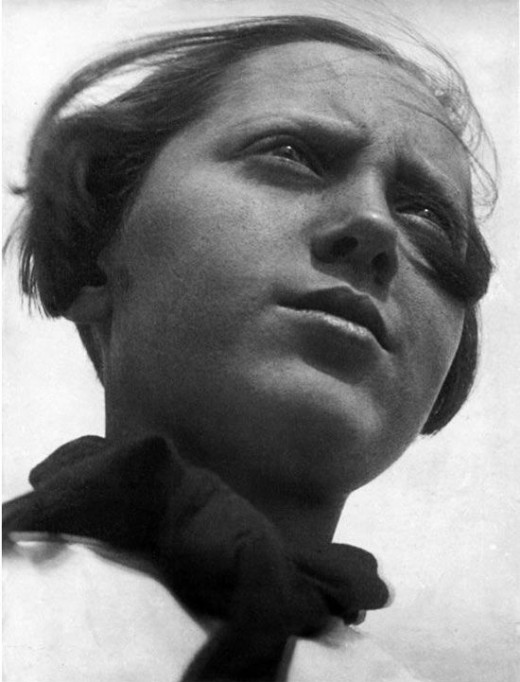
Balconies - Moscow - Photograph - Alexander rRdchenko
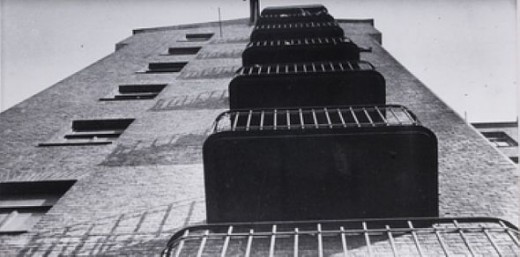
Alexander Rodchenko Books
Alexander Rodchenko - DVDs and Downloads on Amazon
Photographic accessories
Photography - Books
Alexander Rodchenko
Features of the Russian avant-garde
One of the important things to remember about Rodchenko and his co artists was that they sought to de-mystify art, to reveal its most fundamental character, its reality, exposing its materials and processes. And they attempted to engage the viewer in a direct and unmediated experience. There was no attempt to represent an outside reality or a reality which was doctored in the developing process, with the viewer responding only to what was in front of them. As a communist his idea of photographic truth would have satisfied many of Rodchenko's ideological and concerns as well as his "aesthetic" quest for truth.Rodchenko used qualities already inherent in the subject - light,shade, volume. line, contrast etc and drew the viewers attention to these qualities by his system of Rakursy or perspectives i.e. using the angle from which the object is photographed to maximize the compositional value of the subject or the visual dynamics of the subject without falsifying it. In other words these qualities are already inherent in the subject and the camera is used merely to bring out these qualities in new and interesting ways - to make the usual unusual and and make the unusual usual. Rodchenko was against manipulating the technical capacities both in photography and and developing stages by interfering unduly in the process to produce effects, which would distort the reality of the subject. "Rakursy" exploited the visual "laws" already given in the everyday world as seen by human beings. The function of the camera is to exploit these laws, volume, light shade, rhythm etc) to the maximum advantage for presenting the subject to the viewer. Not arbitrarily as Rodchenko was often accused of doing but consciously and deliberately. As Rodchenko himself noted. "These laws have always existed even though they are hard to describe and explain.
For instance there is one picture of a diver on an ascending upswing before descending into the water. The diver is placed in the far right hand corner and the question arises why not in the center or in the left hand corner or to the side. Rodchenko consciously exploits two of the specific features of human perception.
In western culture we read from left to right. The placing of the figure in the top right hand corner creates a natural dynamic drawing our vision upwards to the rising figure. We seem to be looking up as if we were at the event itself staring up as a spectator even though we are looking at the photograph square on. Secondly the illusion of motion is purposely created from a still image, which at that time was an innovative and bold approach to photography which today we very much take for granted . Its not clear if they are connected but Rodchenko's sketch on a note pad on the left hand side seems to show how important these geometric "laws" were for Rodchenko' approach to photography.
